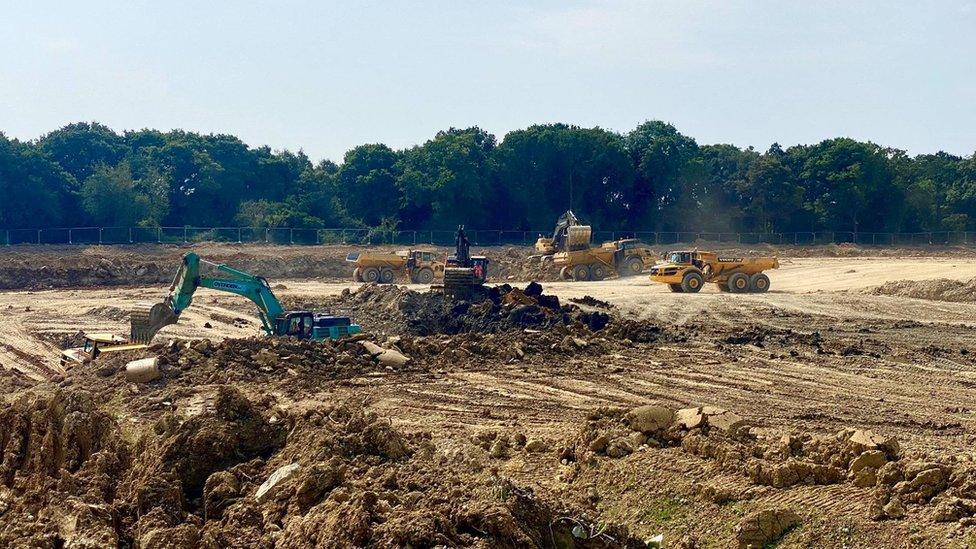New incinerator begins burning county's waste
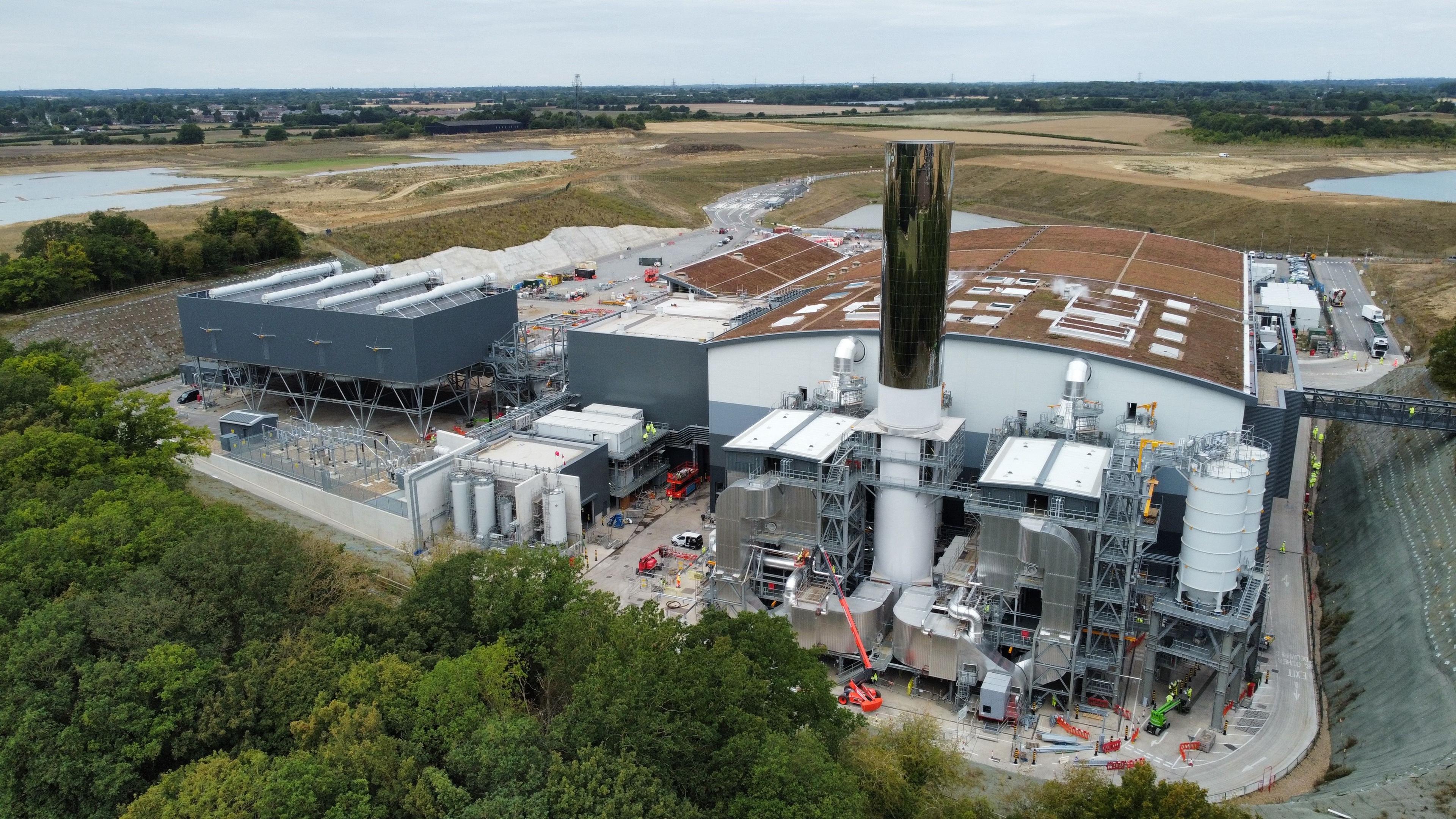
- Published
A new incinerator will start to burn household waste from Essex on Monday.
The facility at Rivenhall, near Witham, will eventually burn nearly 600,000 tonnes of rubbish every year.
Campaigners say that Indaver, which built the incinerator, has flouted planning permission because it has not also built recycling facilities as first planned – something which Essex County Council is now investigating.
Indaver said it planned to build alternative recycling facilities at the site in the future when demand warrants them.
Plans for the incinerator were granted in 2010, but work started only in July 2021 after a permit to operate was granted.
More than 200 lorries will bring household waste to the site every day between Monday and Saturday to be burned instead of going to landfill.
Indaver said it would eventually be able to generate 65MW of electricity – enough to power 130,000 homes – once it reaches full capacity by March 2026.
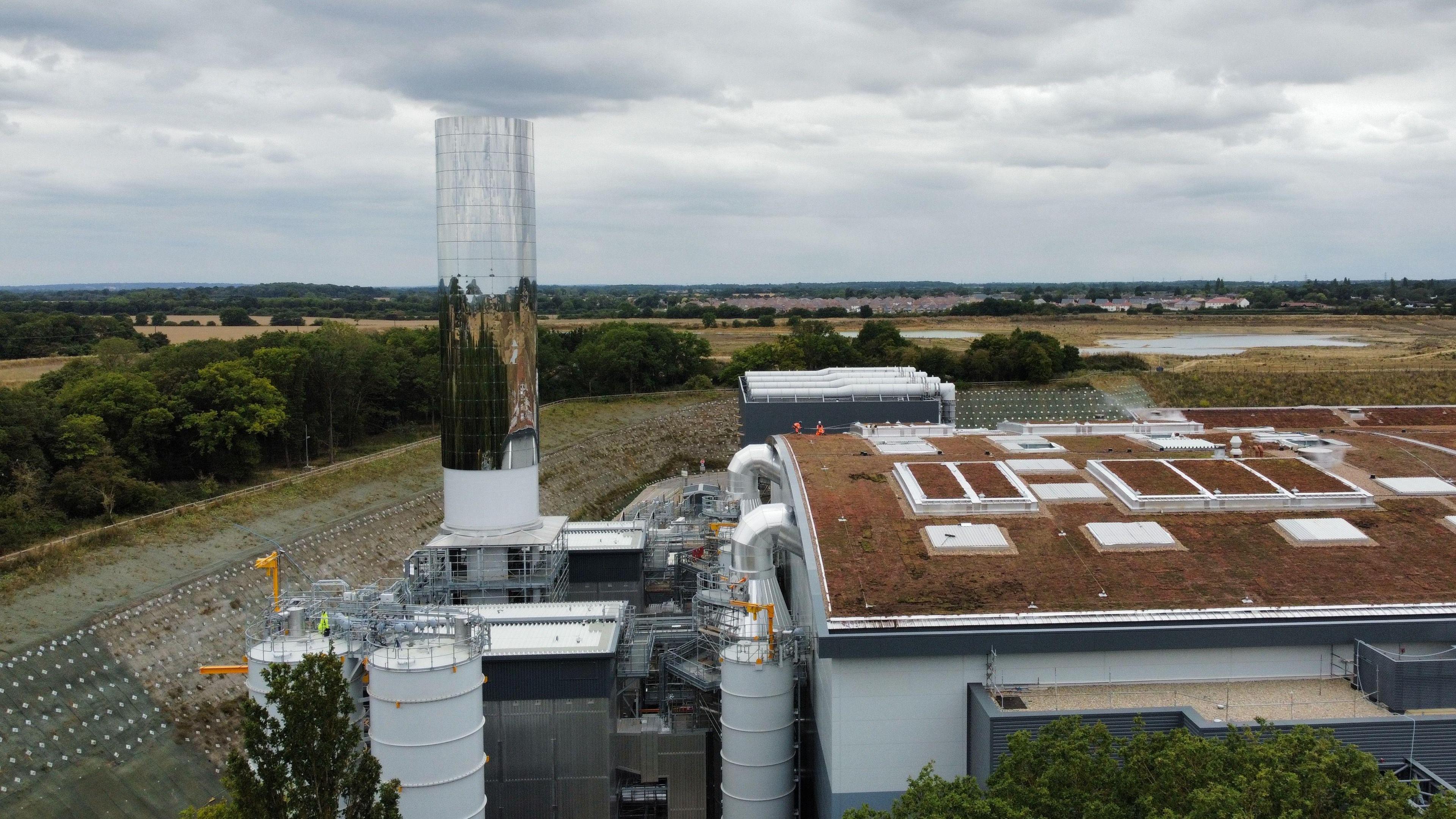
The roof of the facility – as well as its reflective chimney – have been designed to try to blend into the landscape
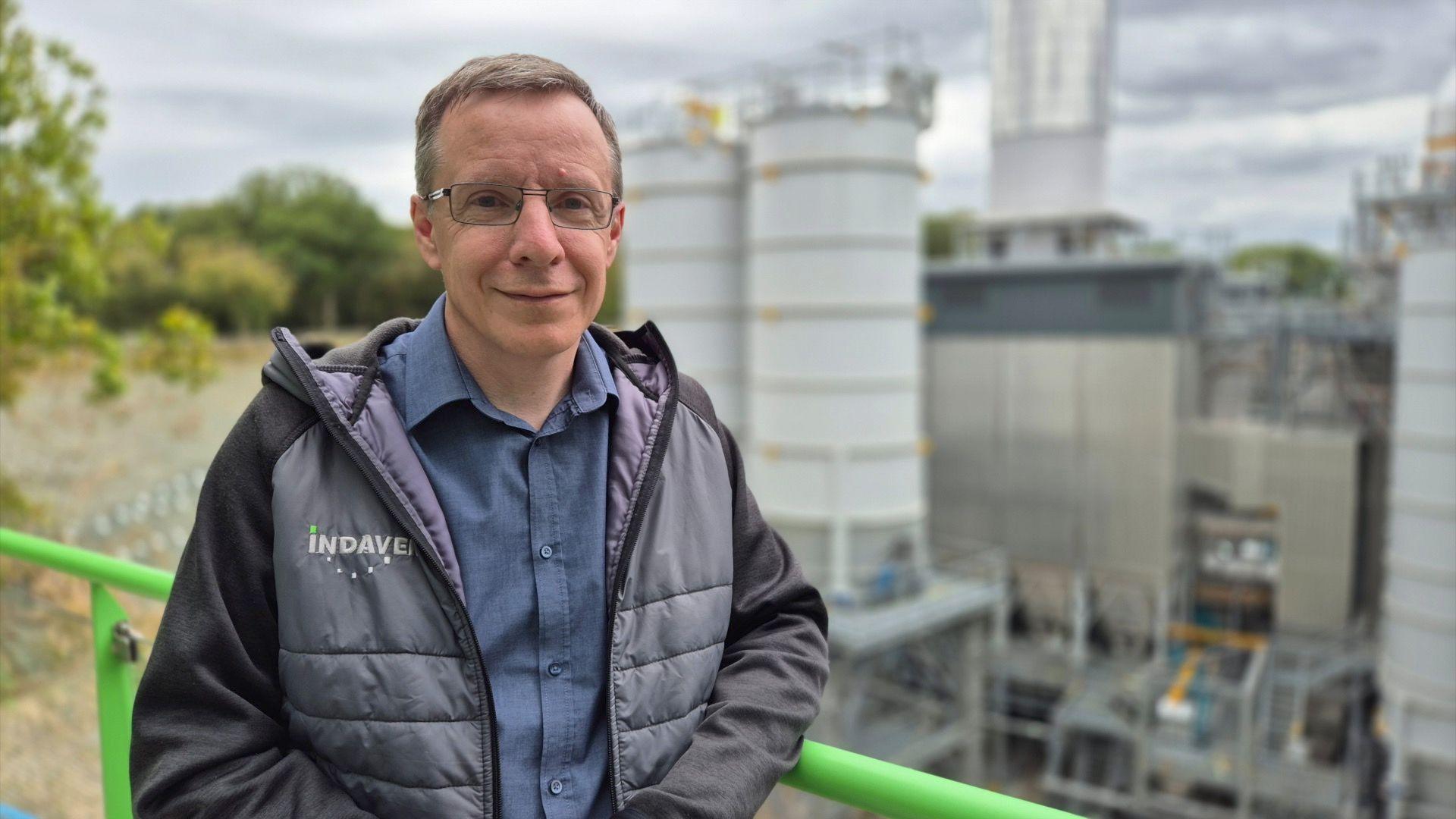
Gareth Jones said there would be no smells from the incinerator's chimney
Gareth Jones, of Indaver, said harmful emissions would be minimised using processes to capture acid gases, heavy metals and dioxins.
He added that there would be no smell coming from the chimney "because the smells are caused by any organics, and they're all destroyed by the incinerator".
Any potential smells might come from the waste as it was being delivered, Mr Jones said, adding that the rest of the facility "is under negative pressure", drawing air into the incinerator and not releasing odours into the countryside.
He also addressed residents' concerns about the impact of more than 400 lorry movements a day on the roads, especially on the A120, which has the site's only available entrance for lorries.
"All of that waste is already on the road going somewhere else, so we're not adding extra traffic to the road network," he told the BBC.
"Even with that total amount of trucks on the A120, that's only 2% of the volume of the traffic already on the A120, so it's not a significant increase."
Enforcement case
James Abbott, a Green Party member of Braintree District Council, said he felt "royally played" by Indaver for not building four recycling facilities next to the incinerator, as in the original plans.
Essex County Council removed a planning clause in 2024, which allowed the incinerator to open without the recycling facilities, as long as they were added later.
"What we've seen over the many, many years since this was originally granted consent is endless goalposts moving," Mr Abbott said.
"This plant was supposed to have an 85,000-tonne anaerobic digestion [to process food waste] – they haven't built it.
"We were promised this 'integrated' – as it was called – waste site with all sorts of recycling elements included, and we need them locally."
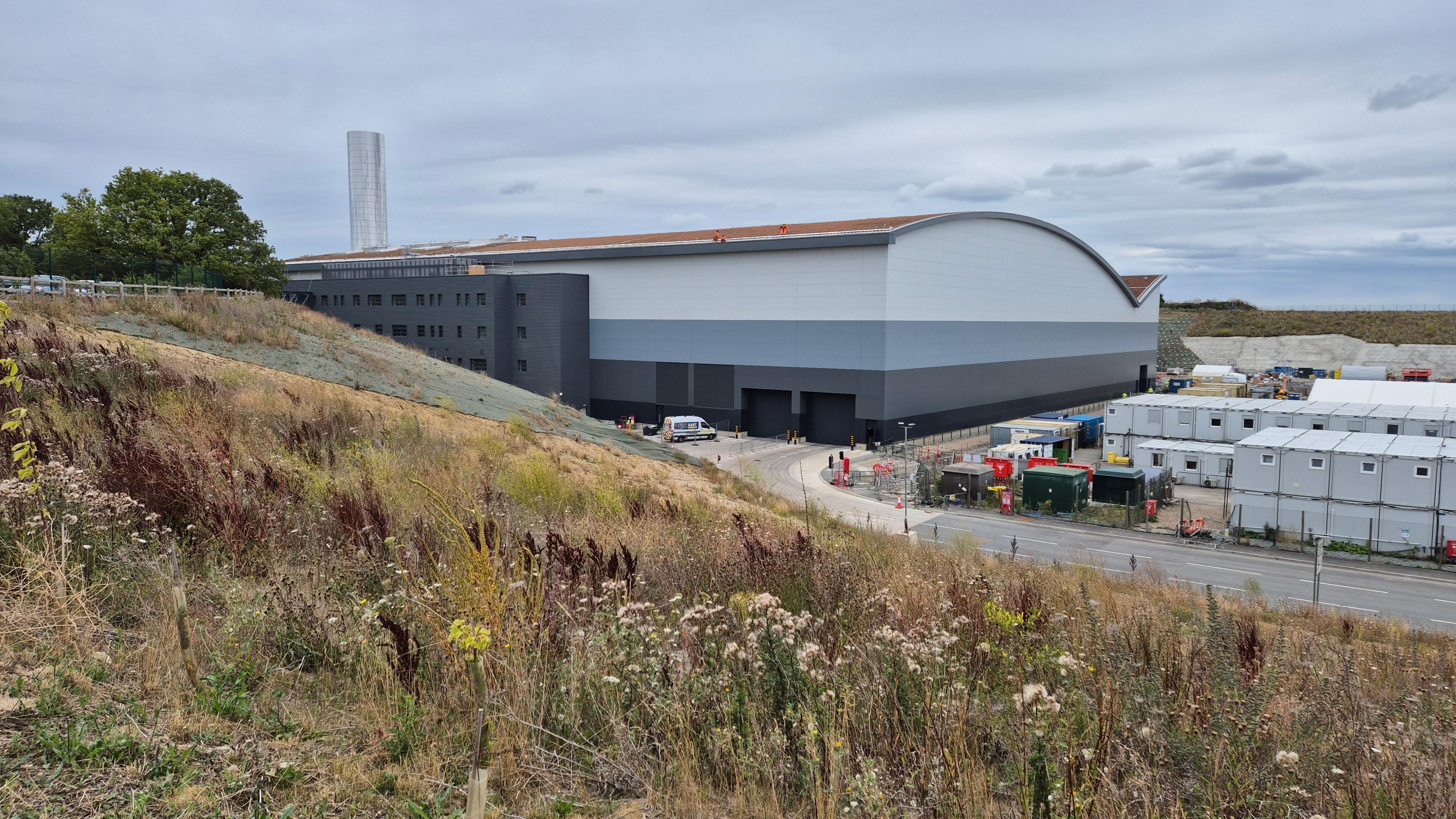
The incinerator is set 15m (14ft) into the ground
The county council confirmed it had opened an enforcement case after receiving a complaint about potential planning breaches, but said that did not necessarily mean any rules had been broken.
Mr Jones said Indaver was "not concerned" by the investigation, adding that it was confident everything it had done was in line with planning and legislation.
"Just because you have planning permission to build something doesn't mean you're obliged to build it," he said.
He added that there was "more than enough capacity already" for anaerobic digestion, and that Indaver planned to build other types of recycling facilities at the site, including one which can recycle bulky waste such as sofas and armchairs which cannot be taken to tips anymore.
"We want to get on and build other things – we've got this huge site [but] we don't want to build things unless there's an actual need for them," Mr Jones said.
Essex incinerator to be ‘investigated’
Essex County Council are to investigate possible planning breaches, following a complaint. T
Get in touch
Do you have a story suggestion for Essex?
Follow Essex news on BBC Sounds, Facebook, external, Instagram, external and X, external.
- Published28 July
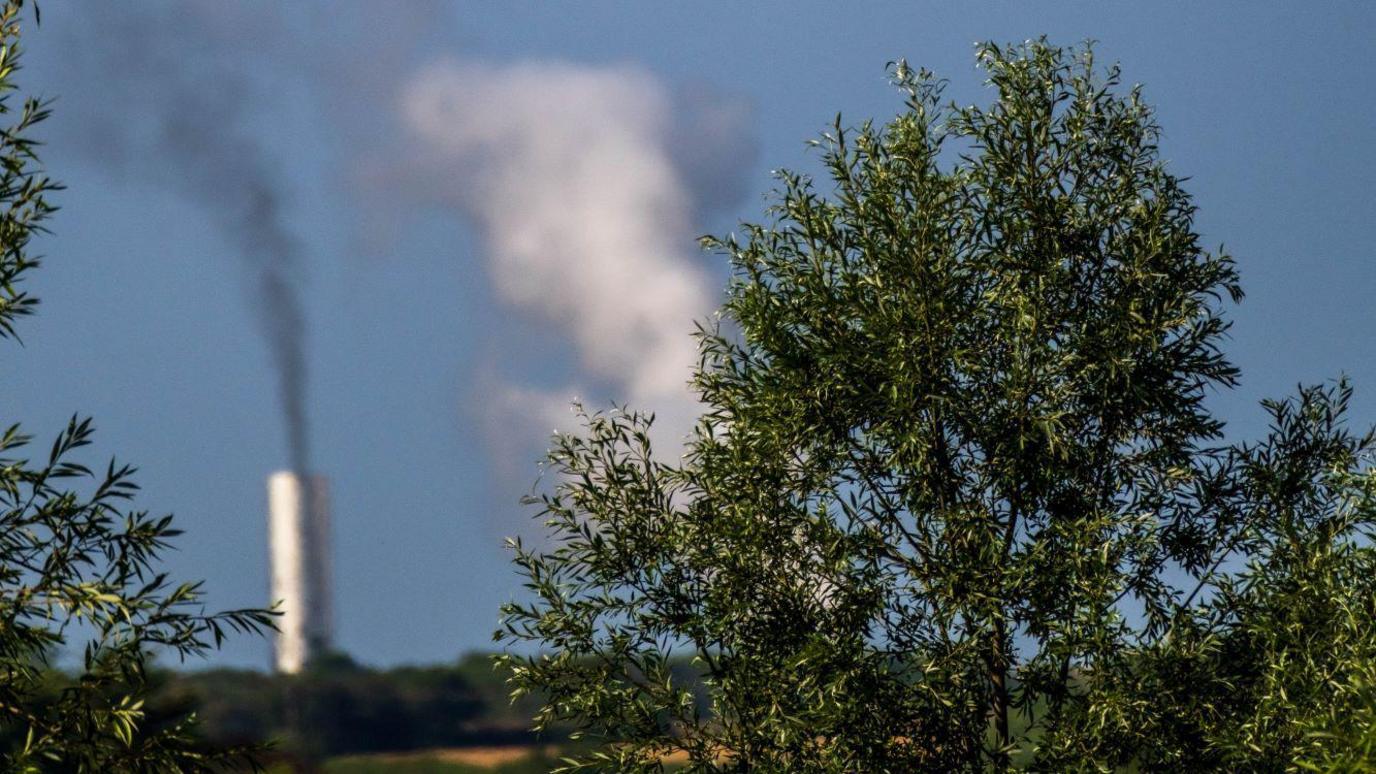
- Published30 July

- Published25 February 2022
